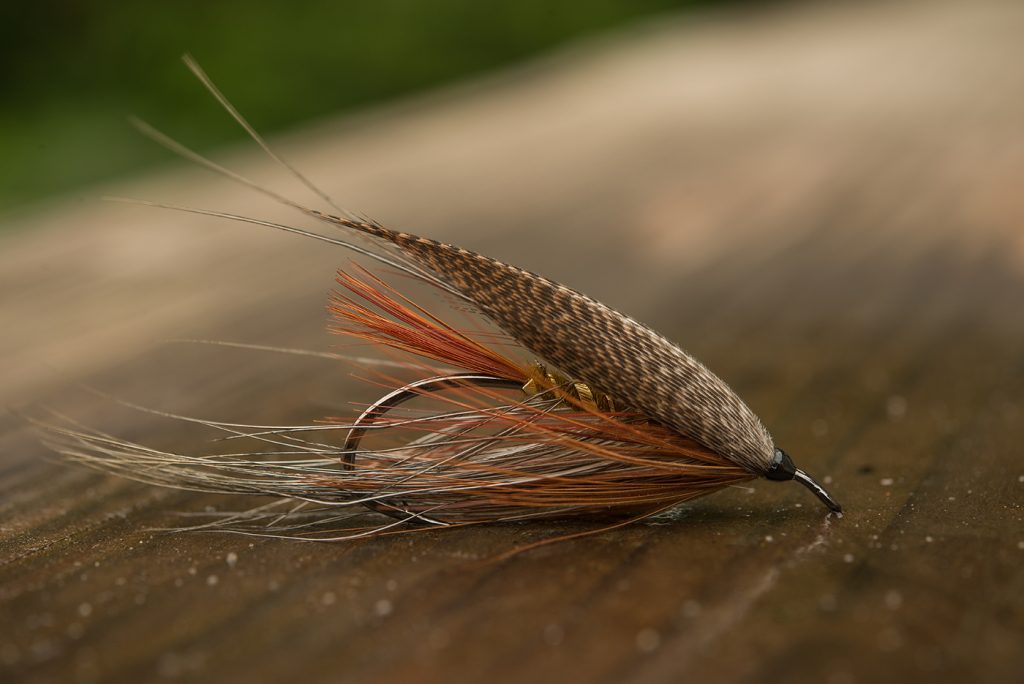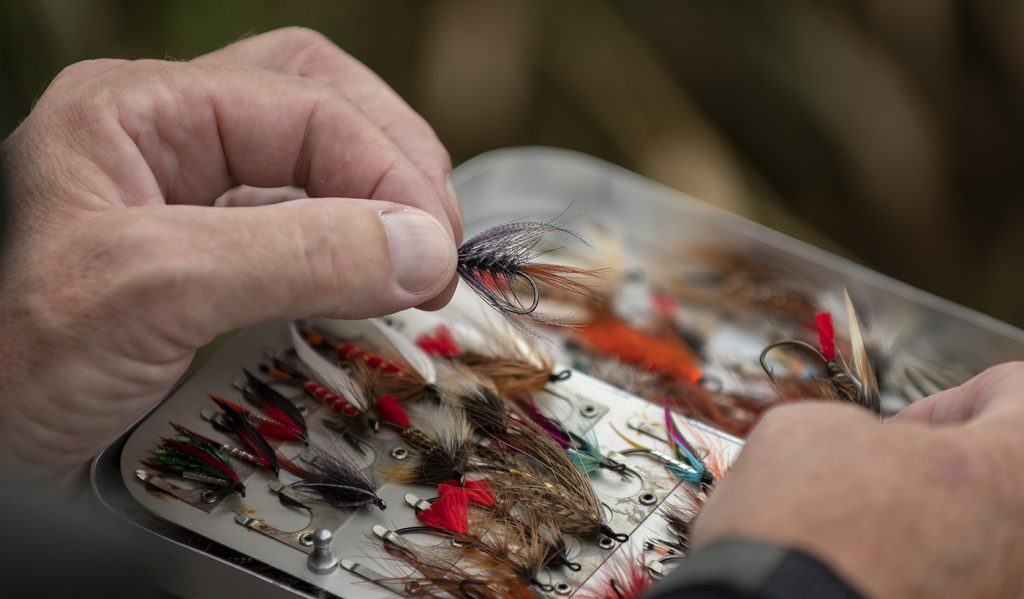
Not tube flies and not that we don’t like tube flies – we love them, but “The Tube” – YouTube. We hope that you are subscribed to our channel and if not that you will consider doing so. We try to make as varied a content as we can and we have had a lot of different fly tiers in the studio over the years.
Continue reading “The Tube”








